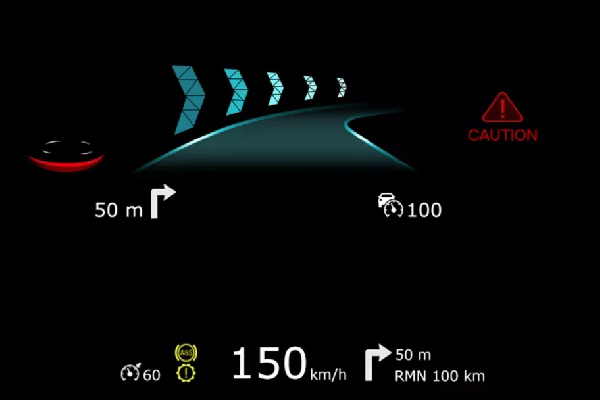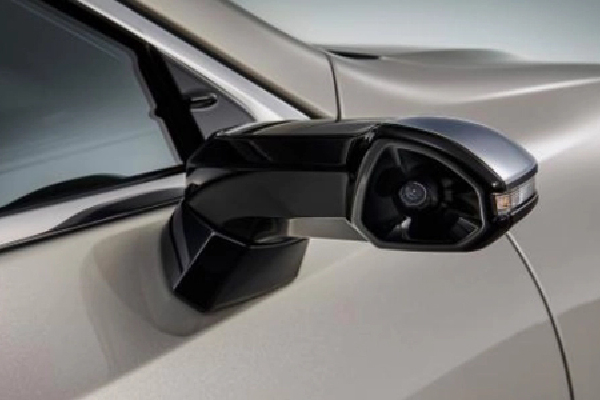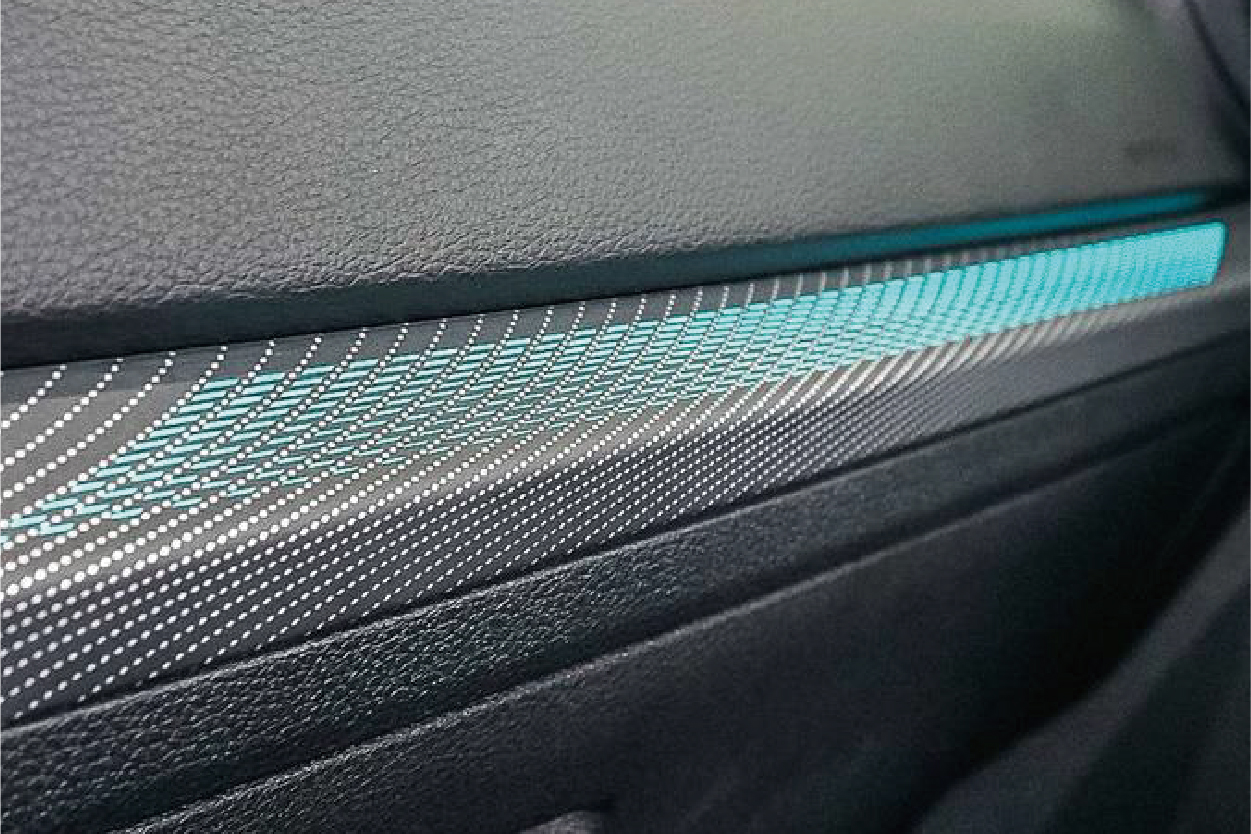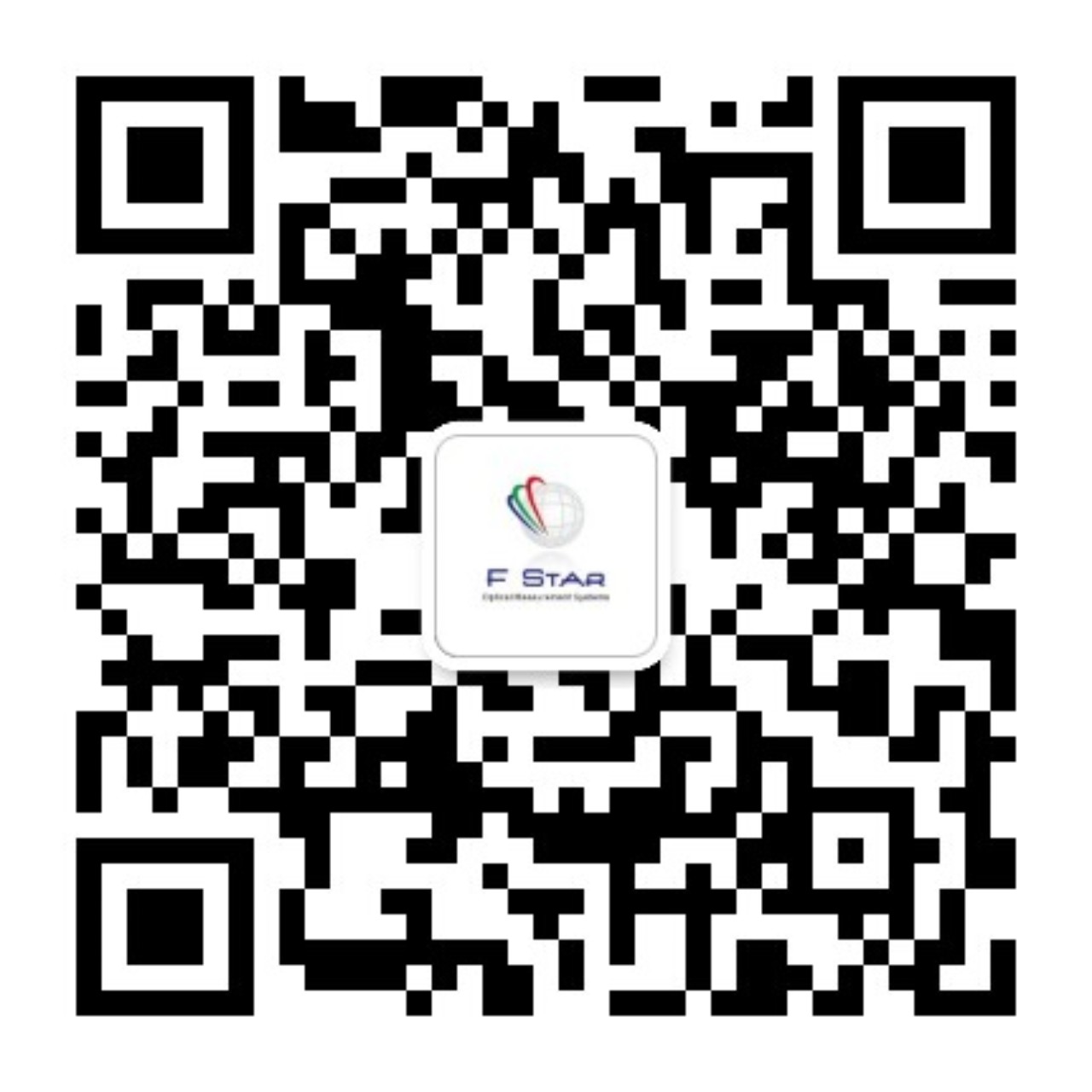

HUD projects information onto the windshield or dedicated screen, balancing clarity and driving safety. The key evaluation focuses are as follows:

As a replacement for traditional rearview mirrors, CMS reconstructs the external environment through cameras and displays. Its core indicators are as follows:

Covering headlights, taillights, interior ambient lights, etc., the evaluation focuses on regulations and functionality:


